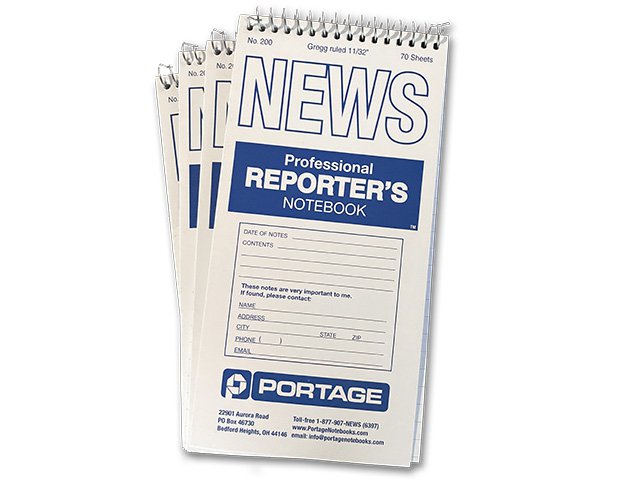On June 24, the day that the U.S. Supreme Court issued its decision in Dobbs v. Jackson Women’s Health Organization, an email from the Institute for Nonprofit News, a media consortium that Isthmus belongs to, popped up in my inbox. Subject line: Resources for journalists covering abortion and reproductive rights.
I was too busy that day to peruse the email or the linked guides, whose purpose is to coax journalists toward more informed and nuanced reporting, but have since reviewed them.
One resource, 15 Points to Consider When Covering Abortion, the Supreme Court and a Potential “Post-Roe World,” was prepared by the Guttmacher Institute, a leading research and advocacy organization working to advance sexual and reproductive health and rights.
The reference guide includes context on the abortion issue and statistics, including demographic information on people who have received abortion: for example, the majority of people who have abortions are already parents and have a religious affiliation. It also reminds reporters that not everyone who seeks an abortion identifies as a woman — trans and nonbinary individuals also need abortion care — and that the Dobbs decision didn’t come out of nowhere. Rather, it’s the culmination of “50 years of escalating anti-abortion campaigns and policies.”
Even though I have covered abortion policies and politics for decades, I was still surprised by some of the data on restrictions:
• Between 1973 and May 2022, 1,380 abortion restrictions were enacted in states
• The pace of restrictions picked up since 2011, with nearly 46 percent of all restrictions enacted over the last decade; 100 abortion restrictions were passed in 2021 alone
• More than than 500 abortion restrictions were introduced in 2022, with 35 enacted through May
Another point that often gets lost in the coverage on abortion: these restrictions disproportionately affect those with limited resources to overcome financial and logistical barriers. This includes “young people, people with disabilities, LGBTQ people, people with low incomes and those in rural areas, as well as Black, Indigenous and other people of color.”
A tip sheet prepared by the International Center for Journalists, also in the INN email, in turn linked to the American College of Obstetrics and Gynecology’s Guide to Language and Abortion. Among its advice: Avoid the use of “late-term abortion” as the phrase has “no clinical or medical significance.”
“Much of the language that is colloquially used to describe abortion or discuss health policies that impact abortion has a basis in anti-choice rhetoric and is inherently biased and inaccurate — and at the very least, is not medically appropriate,” according to ACOG’s guide.
The ICFJ guide also repeated advice from Guttmacher: Be inclusive and address impacts on marginalized communities.
What none of the guides helped with, however, was how to cover the stories of people trying to access and/or provide abortion amid this rapidly changing legal landscape. And there were some challenging questions to consider as I put together a story on a Madison woman who traveled to Illinois on Saturday to get a medication abortion (page 10).
She made it clear from the start that she wanted to remain anonymous. We came up with the pseudonym “Abby.” The acquaintance who drove Abby to the clinic chose to remain on the record.
But what about the clinic? Though I had no need to interview clinic staff for the story, I was conflicted about naming the clinic without speaking to someone there first. While medication abortion is clearly legal in Illinois, I was concerned about any unknown scenario where the clinic could get into legal trouble for providing care to a patient who lives in Wisconsin.
I left a message on Sunday and the office manager called the following day. She said the clinic preferred not to be named because of concerns about being “targeted.”
“Because of the legal landscape we’re trying to be extra cautious,” she added.
The more detail and description the more compelling the storytelling. I’m afraid this story might fall short in that regard. But the more pressing concern was not to endanger our sources or reporting subjects, especially around an issue as volatile as abortion, in pursuit of a story. We pulled the name of the clinic from the story.


